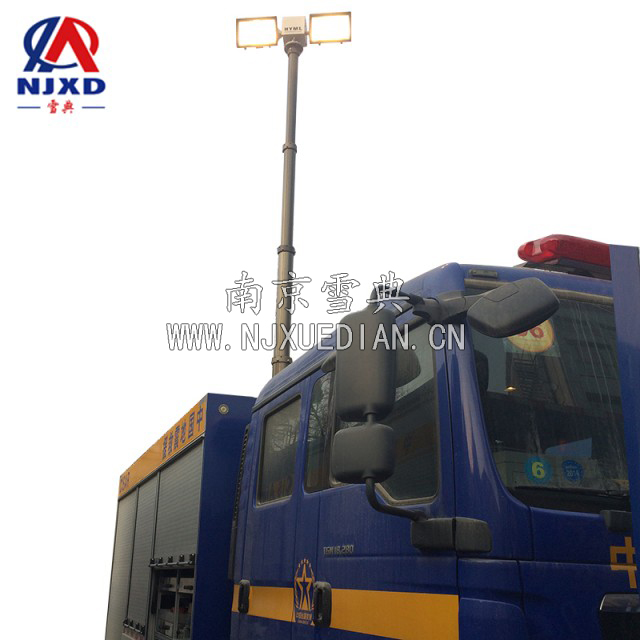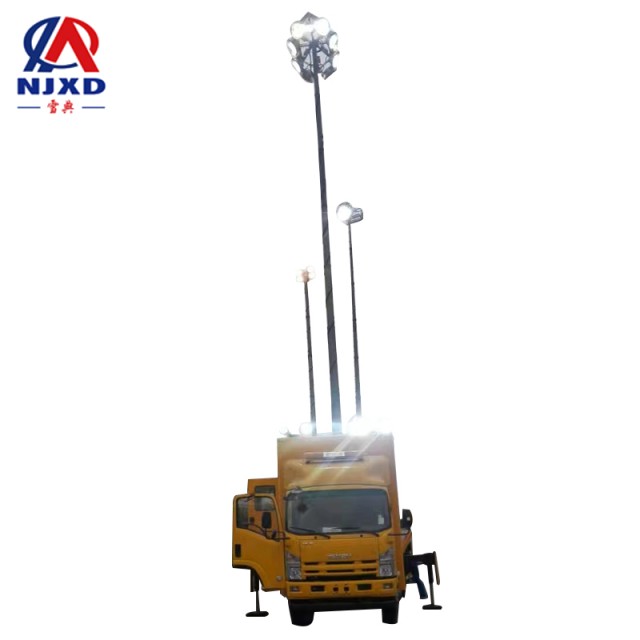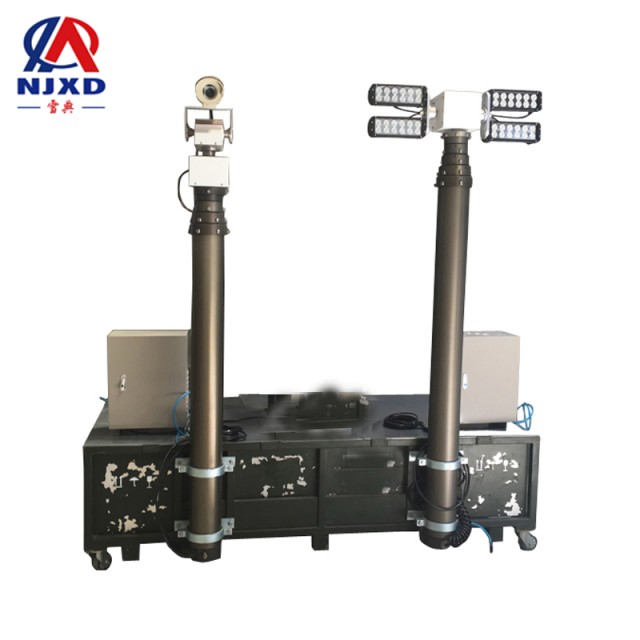NEWS
Lighting intensity of lifting lighting
Time:2021-03-11 View:

Light intensity is a physical term that refers to the luminous flux of visible light received per unit area. The unit is Lux (Lux or lx). Used to indicate the intensity of illumination and the amount of object surface area illuminated.
In photometry (photometry), "luminosity" is the density of luminous intensity in a specified direction, but it is often misunderstood as illuminance. The international unit of luminosity is the candlelight accepted per square meter (Khandra in mainland China, Hong Kong and Macao).
Light intensity has a great influence on the photosynthesis of organisms. It can be measured by illumination photometer.

Definition
Light intensity refers to the energy of visible light received per unit area, referred to as illuminance, unit Lux (Lux or lx). It is a physical term used to indicate the intensity of illumination and the amount of object surface area illuminated.
In photometry (photometry), "luminosity" is the density of luminous intensity in a specified direction, but it is often misunderstood as illuminance. The international unit of luminosity is the candlelight accepted per square meter (Khandra in mainland China, Hong Kong and Macao).
The illuminance (illumination/illuminance) on a surface illuminated by light is defined as the luminous flux per unit area.
If the luminous flux on the surface element dS is set to dΦ, the illuminance E on this surface element is: E = dΦ/dS.
1 lx=1 lm/㎡. When the luminous flux of an object evenly illuminated by light is 1 lumen in an area of 1 square meter, its illuminance is 1 lux. Lumen is the unit of luminous flux.
The luminous intensity of the point light source is 1 candle, and the luminous flux emitted in the unit solid angle (1 steradian) is "1 lumen".
Candlelight (Candela), transliterated "Khandra". The concept of candlelight was first invented by the British. It is a unit of Luminous intensity (Luminous intensity).
At that time, the British defined the candle unit by the light emitted by a one-pound pewter making a one-foot-long candle. But now the definition has changed: heating with a cubic centimeter of black luminophor until the luminophor is melted into liquid, 1/60 of the light emitted is the standard light source, candlelight is the unit of light emitted by this standard light source.

Terminology
1. Natural light and artificial light
Sunlight is natural light, and lighting is artificial light.
2. Lighting period and lighting time
In nature, 24 hours a day and night is a light cycle. The time with light is bright, and the time without light is dark. The illumination time (Ming period) is generally calculated by the sunshine time during natural illumination; When artificial illumination is performed, the illumination time is the illumination time, and the illumination period lasting 24 hours is the natural illumination period; those with a duration longer than or shorter than 24 hours are called unnatural illumination periods; For example, those with only one bright period and one dark period within 24 hours are called single-period illumination; if there are two or more bright or dark periods within 24 hours, it is intermittent illumination. The sum of the Ming period in a lighting period is the lighting time.
3. Luminous intensity
The amount of light flux transmitted by the light source in the solid angle in a certain direction. Unit: Khandra (candela,cd).
4. Luminous flux
The light energy radiated by the light source per unit time is called the luminous flux of the light source, the unit is lumen (the amount of light in an area of 1 square foot with each point 1 foot away from the 1 Candlelight light source is 1 lumen).
5. Relevant definitions
Illuminance is the degree to which an object is illuminated. That is to say, the luminous flux obtained from the surface of the object and the illuminated the ratio of the area, the unit is Lux Ix (1 lux is the illuminance generated by the uniform irradiation of the luminous flux of 1 lumen on the area of 1 square meter) or footcandle fc(1 footcandle is the illumination generated by uniform illumination of 1 lumen of luminous flux on an area of 1 square foot),1 fc = 10.76 lx.
In summer, under direct sunlight, the light intensity can reach 60,000~100,000 lx, outdoor 1,000~10,000 lx without sun, indoor 100 ~ 550lx with clear summer, and 0.2lx under the full moon at night.
Incandescent lamps can emit about 12.56 lx of light per watt, but the value varies with bulb size. GenOptics Aura Essence can emit more lumens and less bulb. The luminous efficiency of fluorescent lamp is 3~4 times that of incandescent lamp, and the service life is 9 times that of incandescent lamp, but the price is relatively high. In the light emitted by an incandescent bulb without a lampshade, about 30% of the lumens are absorbed by walls, ceilings, equipment, etc.; The poor quality and darkness of the bulb need to reduce many lumens, so only about 50% of the lumens are available. Generally, when the lampshade and lamp height are 2.0~2.4m (bulb distance is 1.5 times the height), 1W bulb is required for every 0.37 ㎡ area, or 10.76 lx can be provided if 2.7W bulb is required on the area of 1 ㎡. The height of bulb installation and the presence or absence of lampshade have great influence on the light intensity.
